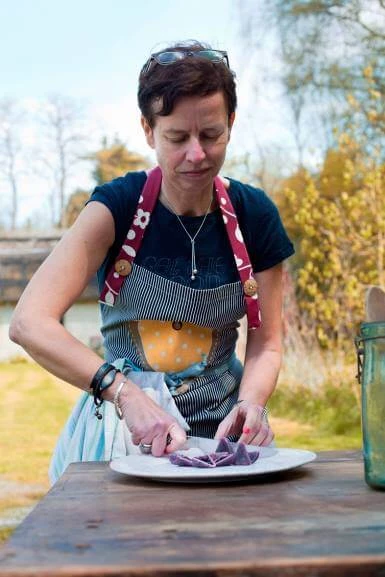12 tablespoons to cups
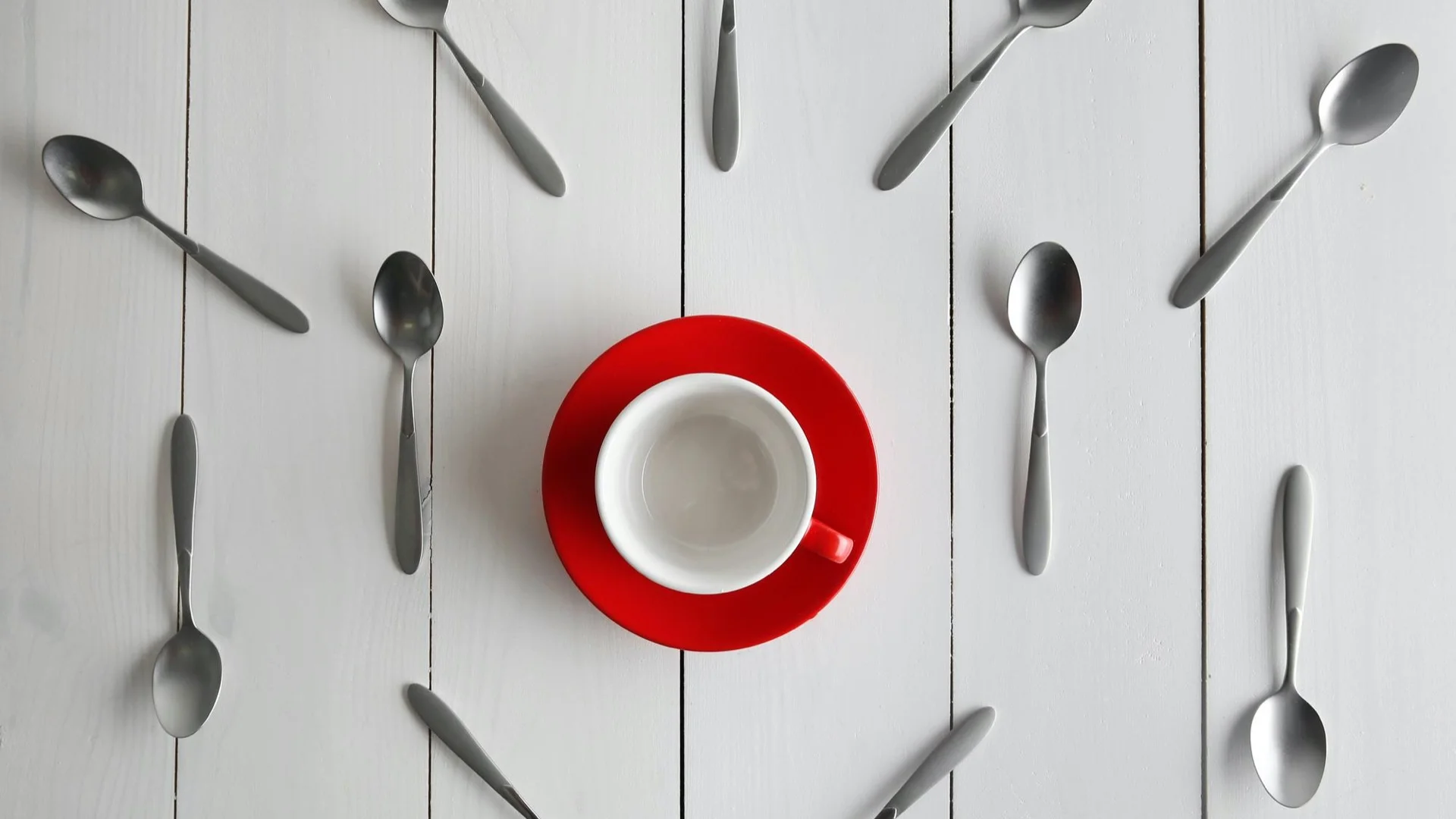
Content
Volume unit converter
Introduction to Measurement Conversions
In the culinary world, accurate measurements are crucial for creating delicious and consistent dishes. When cooking or baking, knowing the correct conversions between different units of measurement, such as 12 tablespoons to cups, can make all the difference. This article will explore various aspects of measurement conversions, from the importance of accuracy to the tools and techniques that can help achieve precision in the kitchen.
Why Accurate Measurements Matter
Accurate measurements are essential for several reasons. First, they ensure that the proportions of ingredients in a recipe are correct, leading to a well-balanced and flavorful dish. Second, they help maintain consistency in the final product, ensuring that each batch or serving is as good as the last. Lastly, accurate measurements are crucial for dietary considerations, such as controlling portion sizes and managing allergies or sensitivities to specific ingredients. Knowing the conversion of 12 tablespoons to cups is an essential skill for any home cook or professional chef.
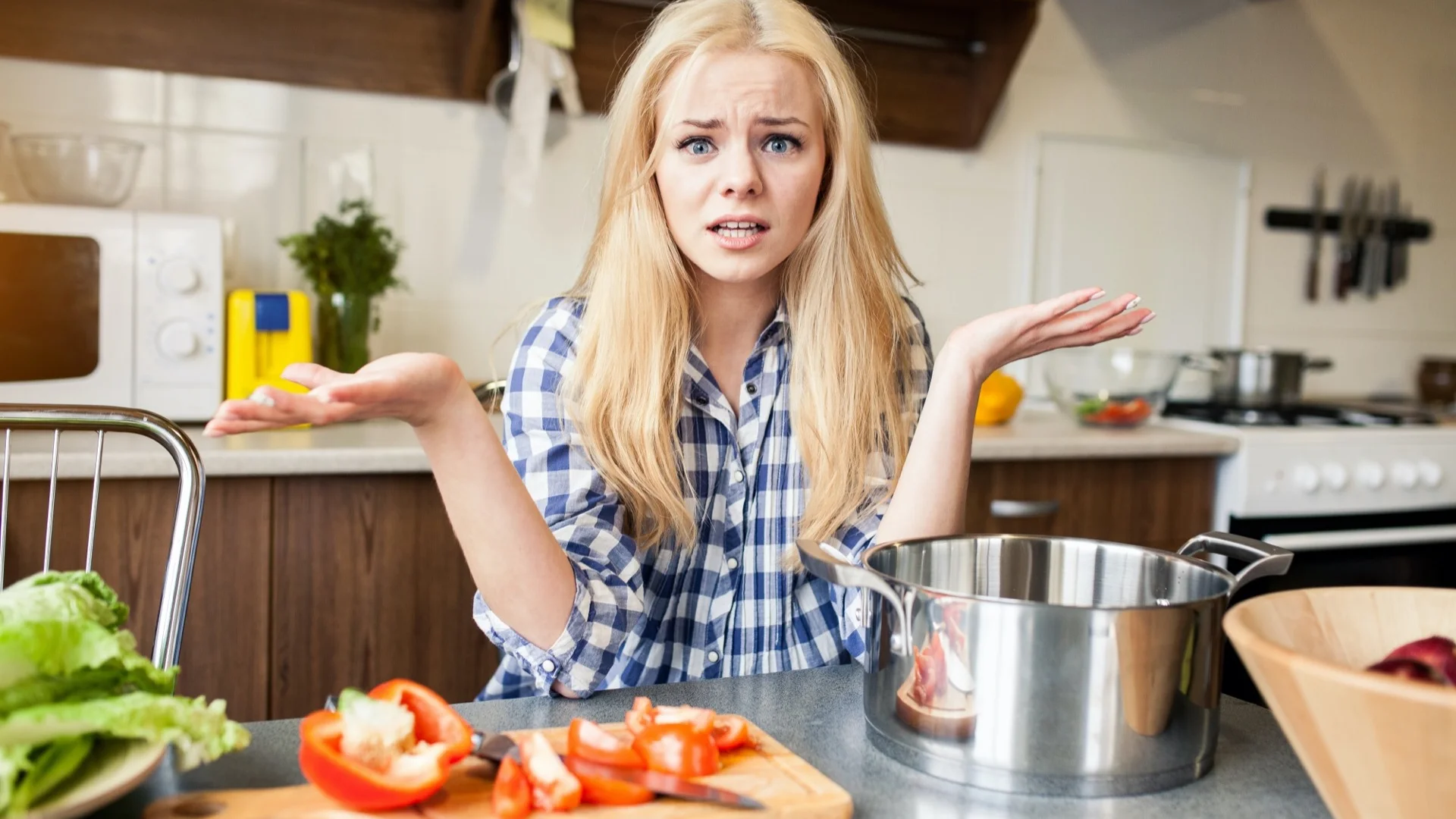
Tablespoons and Cups Explained
Tablespoons and cups are common units of measurement in cooking and baking. They are used to measure both liquid and dry ingredients, such as flour, sugar, milk, and oil. Understanding these units and their relationship is crucial for successful recipe execution.
Key Units in Cooking and Baking
There are numerous key units of measurement used in the kitchen, including teaspoons, tablespoons, cups, pints, quarts, and gallons. These units are part of the US Customary System, which is commonly used in the United States for cooking and baking. One tablespoon is equivalent to three teaspoons, while one cup is equivalent to 16 tablespoons or 48 teaspoons.
Understanding Volume vs. Weight
Volume and weight are two different ways to measure ingredients. Volume refers to the space an ingredient occupies, while weight refers to its mass. Cups and tablespoons are units of volume, while ounces and grams are units of weight. When converting measurements, it's essential to understand the difference between volume and weight, as this can impact the accuracy of the conversion. For example, converting 12 tb to cups involves volume measurements, not weight.
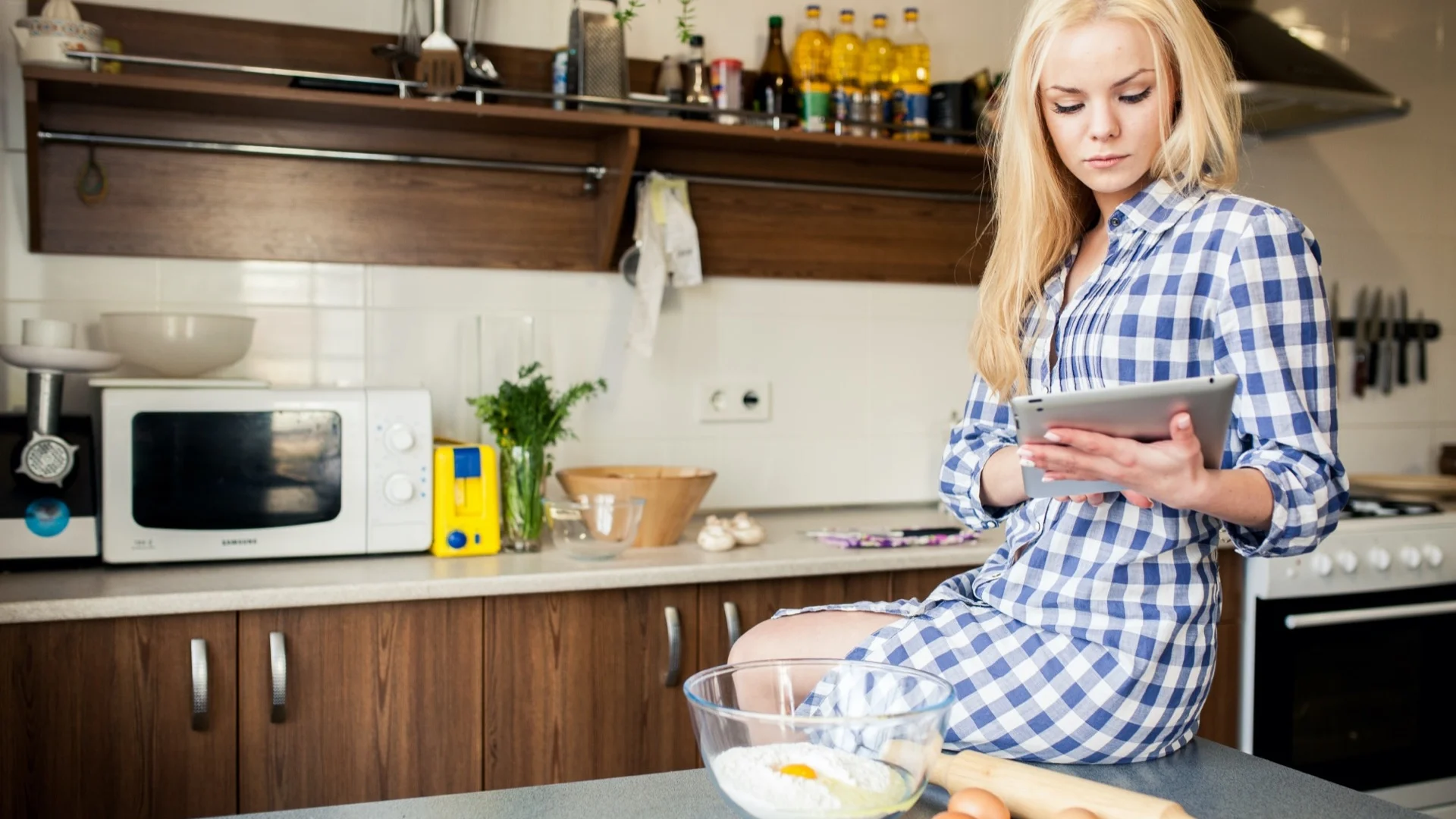
Different Measurement Systems
There are two primary measurement systems used worldwide: the US Customary System and the Metric System. Understanding both systems is crucial for adapting recipes from different countries or regions.
US Customary System
The US Customary System, sometimes referred to as the Imperial System, is used predominantly in the United States. It includes units such as teaspoons, tablespoons, cups, pints, quarts, and gallons for measuring volume. In this system, there are 16 tablespoons in one cup.
Metric System
The Metric System is the international standard for measurements and is used in most countries outside the United States. It includes units such as milliliters and liters for measuring volume. In the Metric System, one tablespoon is equivalent to 15 milliliters, and one cup is equivalent to 250 milliliters.

Adapting Recipes Across Systems
When working with recipes from different countries, it may be necessary to adapt the measurements to the system you are most familiar with. This can involve converting between the US Customary System and the Metric System. For example, if a recipe calls for 12 tablespoons of an ingredient, and you need to know the equivalent in cups, you would divide 12 by 16, as there are 16 tablespoons in a cup. This results in 0.75 cups or 3/4 cup.
Converting 12 Tablespoons to Cups
Understanding how to convert 12 tablespoons to cups is a valuable skill in the kitchen. This section will explain the process in detail and explore practical applications in recipes.
To convert 12 tablespoons to cups, you need to know the relationship between the two units. In the US Customary System, there are 16 tablespoons in one cup. To convert 12 tb to cups, simply divide 12 by 16. This calculation results in 0.75 cups, which is the same as 3/4 cup. This conversion is essential when adapting recipes that use tablespoons as a unit of measurement and need the value in cups.
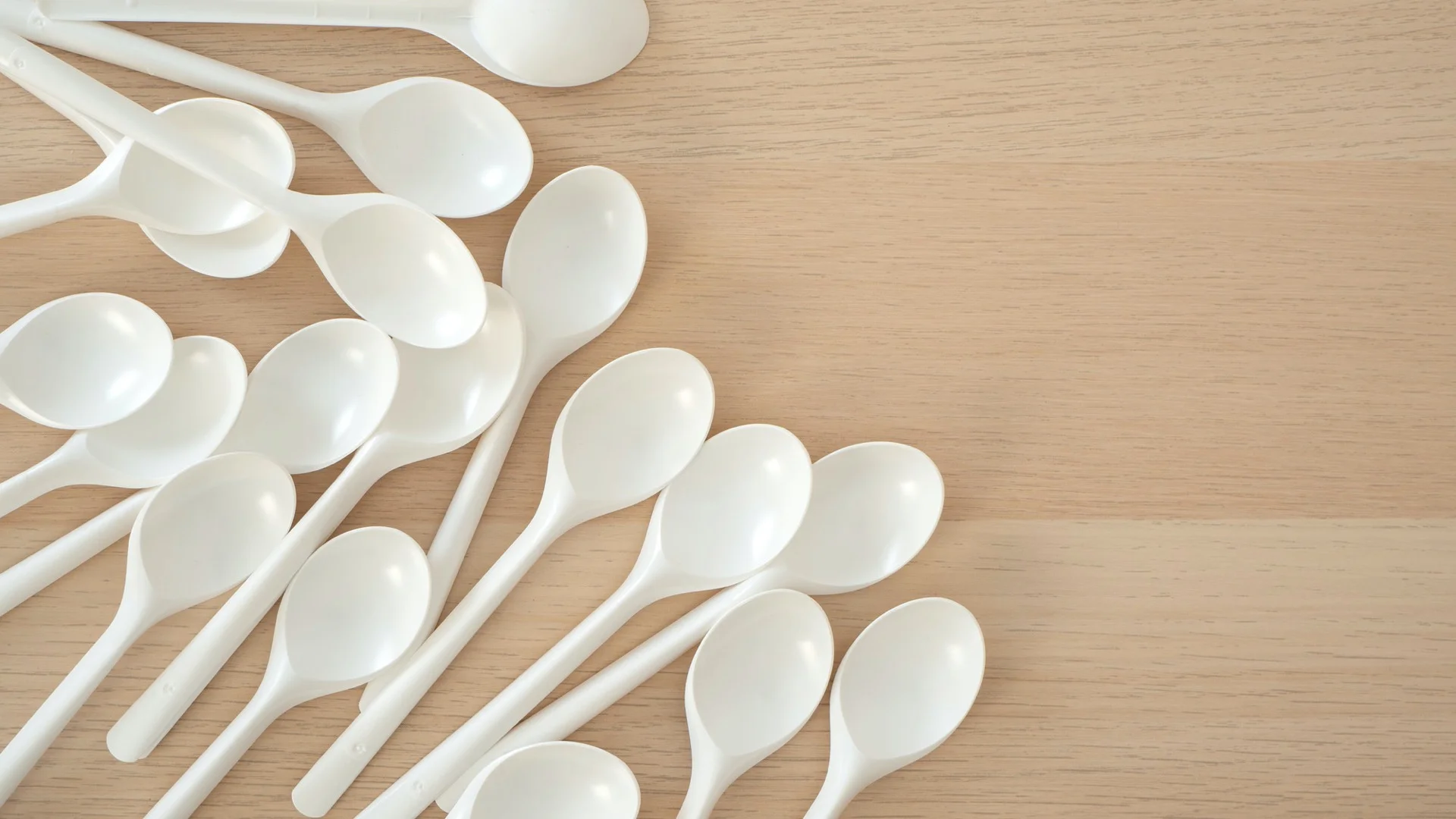
Practical Applications in Recipes
There are many instances where converting 12 tablespoons to cups is necessary. For example, you may encounter a recipe that calls for 12 tablespoons of flour, but you want to measure the ingredient in cups for easier handling. By knowing the conversion, you can confidently use 3/4 cup of flour instead of counting out 12 individual tablespoons. This conversion can also be applied to other ingredients, such as sugar, milk, or oil, making it a versatile skill in the kitchen.
Understanding 12 Tablespoons to Cup Measurements
It is important to know the conversion of 12 tb to cups in the context of cooking and baking. This section will discuss the significance of understanding this specific conversion.
The Importance of Knowing 12 Tablespoons to Cups
Knowing the conversion of 12 tablespoons to cups is crucial for several reasons. First, it allows for greater flexibility when measuring ingredients, as you can easily switch between units depending on the tools available or your personal preference. Second, it ensures the accuracy of your measurements, which is essential for producing consistent results in your dishes. Finally, it makes it easier to scale recipes up or down, as you can quickly convert between units to adjust ingredient quantities as needed.
Converting 12 Tb to Cups in Real-Life Scenarios
In this section, we will explore some examples of recipes where converting 12 tablespoons to cups is useful and how this conversion can impact the final product.

Examples of Recipes with 12 Tablespoons to Cups Conversion
- Pancakes: A pancake recipe may call for 12 tablespoons of milk. By knowing that 12 tablespoons are equivalent to 3/4 cup, you can simply measure out 3/4 cup of milk instead of counting individual tablespoons.
- Cookies: A cookie recipe might require 12 tablespoons of butter. Converting 12 tablespoons to 3/4 cup allows for easier measurement and ensures consistent results in your cookies.
- Salad dressing: A salad dressing recipe could call for 12 tablespoons of olive oil. By converting this measurement to 3/4 cup, you can streamline the process and achieve the desired consistency in your dressing.
| Tablespoons | Cups |
| 1 | 1/16 |
| 2 | 1/8 |
| 3 | 3/16 |
| 4 | 1/4 |
| 5 | 5/16 |
| 6 | 3/8 |
| 7 | 7/16 |
| 8 | 1/2 |
| 9 | 9/16 |
| 10 | 5/8 |
| 11 | 11/16 |
| 12 | 3/4 |
| 13 | 13/16 |
| 14 | 7/8 |
| 15 | 15/16 |
| 16 | 1 |
Benefits of Converting 12 Tablespoons to Cups
There are several advantages to converting 12 tablespoons to cups in cooking and baking. This section will discuss how this conversion simplifies recipes and improves consistency in the final product.
Simplifying Recipes
By converting 12 tablespoons to 3/4 cup, you can make recipes easier to follow and less time-consuming. Instead of counting out individual tablespoons, you can simply measure out the required amount in cups, making the process more efficient.
Improving Consistency in Cooking and Baking
Accurate measurements are key to achieving consistent results in the kitchen. Converting 12 tablespoons to cups ensures that you are using the correct number of ingredients, leading to better consistency in your dishes and more reliable outcomes.
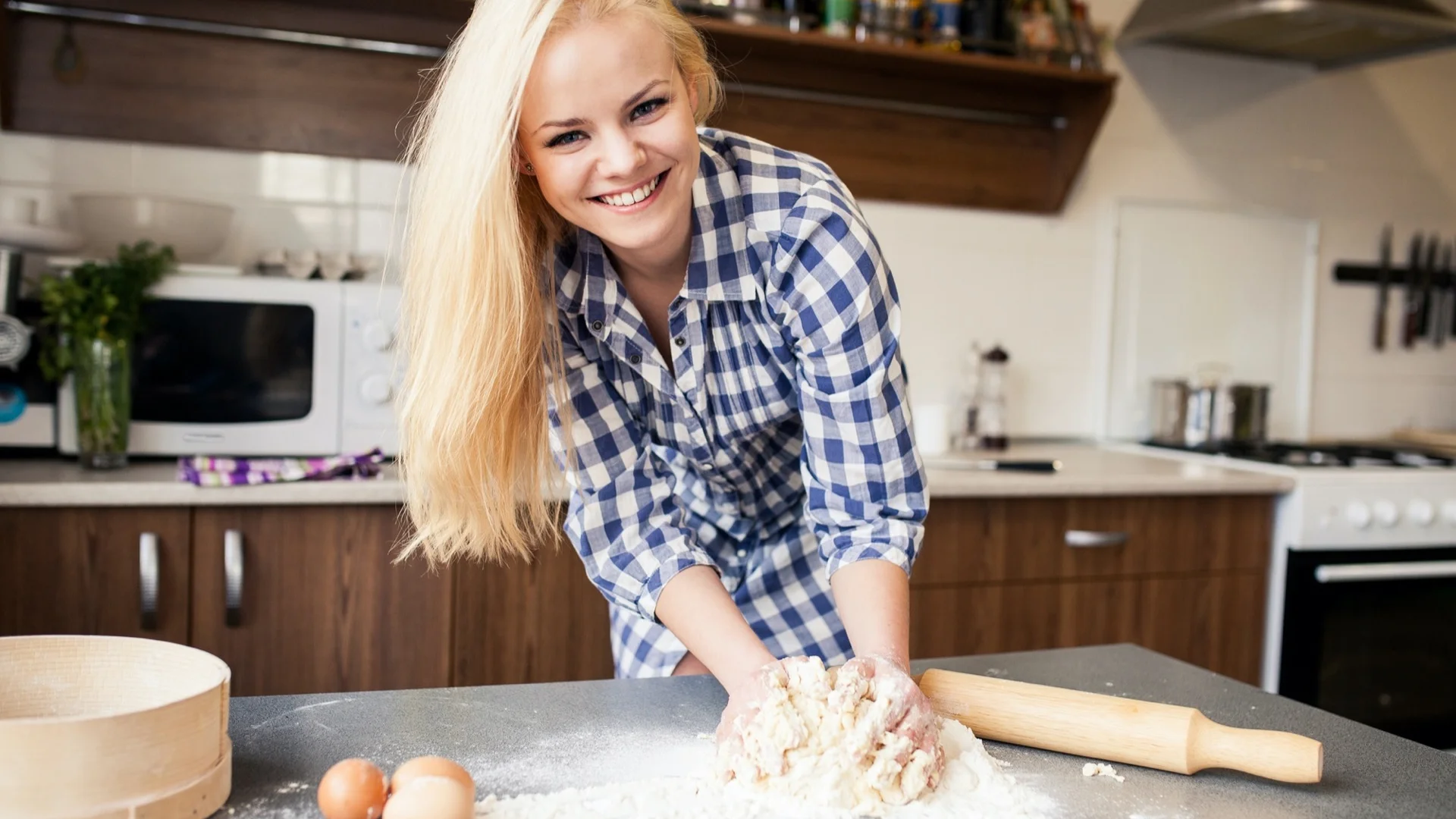
Tools and Techniques for Accuracy
Accurate measurements are essential for successful cooking and baking. This section will discuss various tools and techniques that can help you achieve precision in your measurements.
Types of Measuring Tools
There are numerous measuring tools available for use in the kitchen, including measuring spoons, measuring cups, and digital scales. Measuring spoons typically come in sets with different sizes, such as teaspoons and tablespoons. Measuring cups also come in various sizes, often including 1/4, 1/3, 1/2, and 1-cup increments. Digital scales provide a more precise way to measure ingredients, especially when working with weight-based measurements like ounces or grams.
Tips for Precise Measurements
- Choose the right tool: Use measuring spoons for smaller amounts and measuring cups for larger quantities. A digital scale can provide even more accuracy for both small and large amounts.
- Level off dry ingredients: When measuring dry ingredients, such as flour or sugar, use a straight-edged tool like a knife or spatula to level off the excess and ensure an accurate measurement.
- Use the “scoop and sweep” method: For dry ingredients, gently scoop the ingredient into the measuring cup and sweep off the excess with a straight edge. This prevents packing and results in a more accurate measurement.
- Don't pack brown sugar: While it's common to pack brown sugar into a measuring cup, doing so can lead to inaccurate measurements. Instead, gently press the sugar into the cup without compressing it too much.
- Measure liquids at eye level: When measuring liquids, place the measuring cup on a flat surface and view it at eye level to ensure an accurate reading.
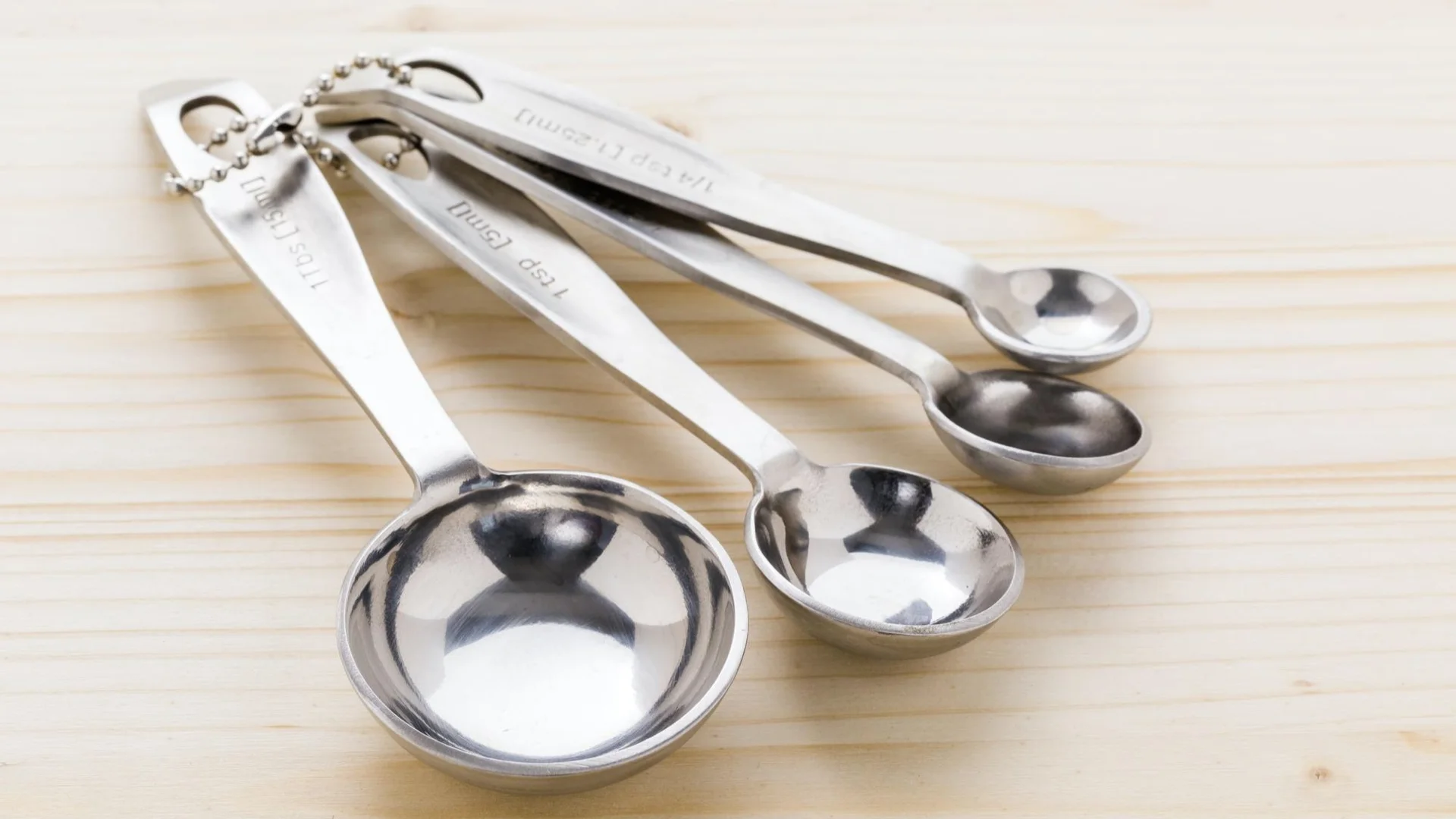
Ingredient Conversions
In the kitchen, it's often necessary to convert between different units of measurement for various ingredients. This section will discuss conversions for both dry and liquid ingredients.
Dry Ingredients
Dry ingredients, such as flour, sugar, and spices, are typically measured by volume using cups or spoons. When converting measurements for dry ingredients, it's important to consider the ingredient's density and texture, as this can impact the accuracy of the conversion. For example, converting 12 tablespoons of granulated sugar to cups would result in a different value than converting 12 tablespoons of packed brown sugar.
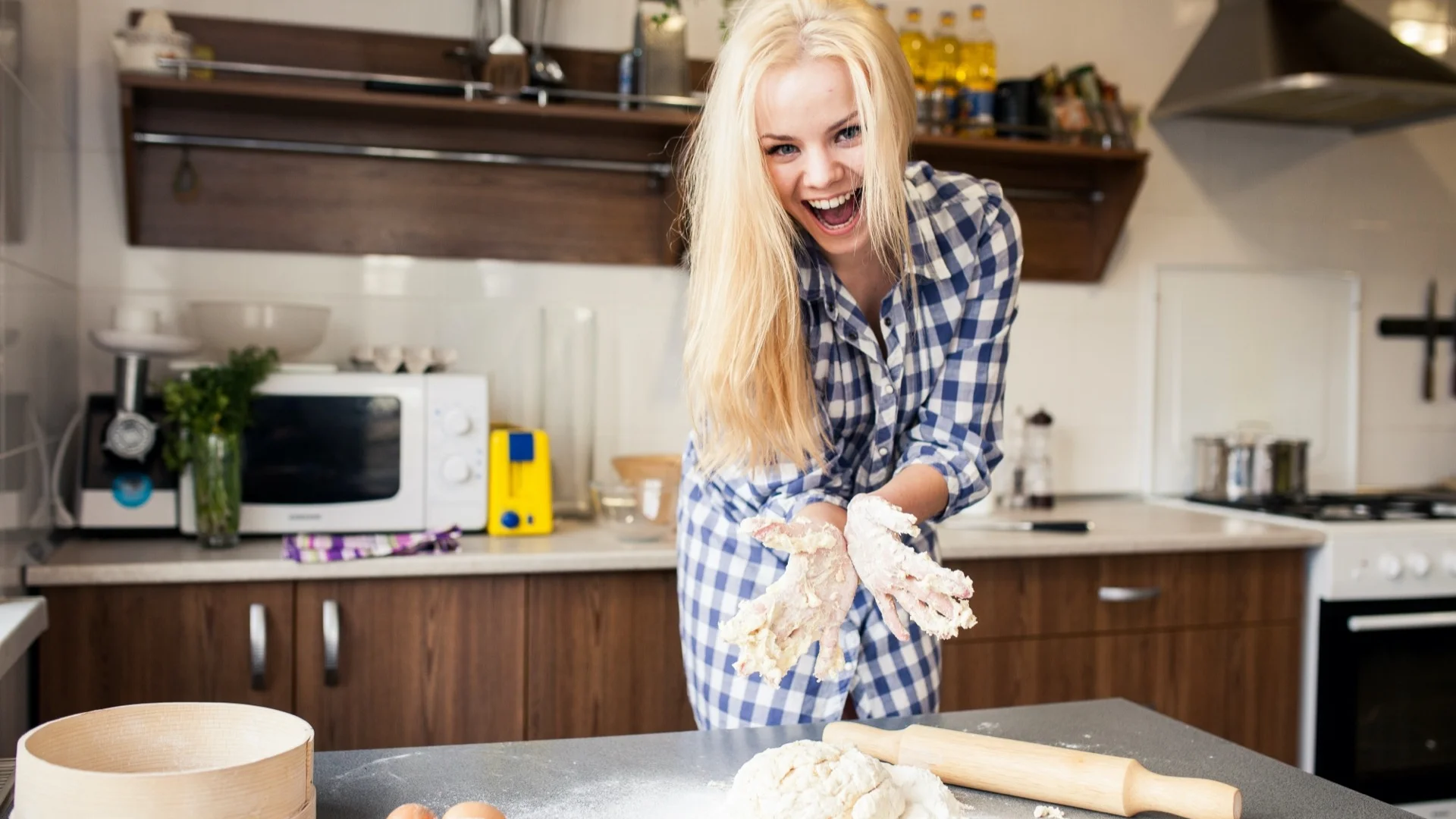
Common Ingredient Measurement Conversions:
| Ingredient | 12 Tablespoons Equivalent | Cups Equivalent |
| Flour | 6 ounces | 3/4 cup |
| Sugar | 6 ounces | 3/4 cup |
| Brown Sugar | 9 ounces | 1 cup |
| Honey | 9 ounces | 3/4 cup |
| Milk | 6 ounces | 3/4 cup |
| Butter | 6 ounces | 3/4 cup |
| Vegetable Oil | 6 ounces | 3/4 cup |
| Cocoa Powder | 3 ounces | 3/4 cup |
Liquid Ingredients
Liquid ingredients, such as milk, oil, and juice, are also typically measured by volume using cups or spoons. Converting liquid measurements is generally more straightforward than dry ingredients, as the density of most liquids is similar. For example, converting 12 tablespoons of water to cups would result in the same value as converting 12 tablespoons of milk.
Scaling Recipes Up or Down
Adjusting recipes to serve more or fewer people, is a common task in cooking and baking. This section will discuss how to scale recipes effectively while maintaining accurate measurements.
Adjusting Ingredient Quantities
When scaling a recipe, it's essential to adjust the ingredient quantities proportionally to maintain the dish's balance and flavor profile. For example, if you want to double a recipe that calls for 12 tablespoons of an ingredient, you would need to convert that measurement to cups (3/4 cup) and then double the amount, resulting in 1.5 cups.
Measurement Conversion Factors
| Unit | Conversion Factor | Equivalent Unit |
| 1 tablespoon | 3 | 3 teaspoons |
| 1 cup | 16 | 16 tablespoons |
| 1 fluid ounce | 2 | 2 tablespoons |
| 1 pint | 2 | 2 cups |
| 1 quart | 4 | 4 cups |
| 1 gallon | 16 | 16 cups |
Serving Size Considerations
In addition to adjusting ingredient quantities, it's also important to consider the serving size when scaling recipes. For example, if you double a recipe that serves four people, the new recipe should serve eight. This ensures that each person receives a consistent portion size, regardless of the recipe's scale.
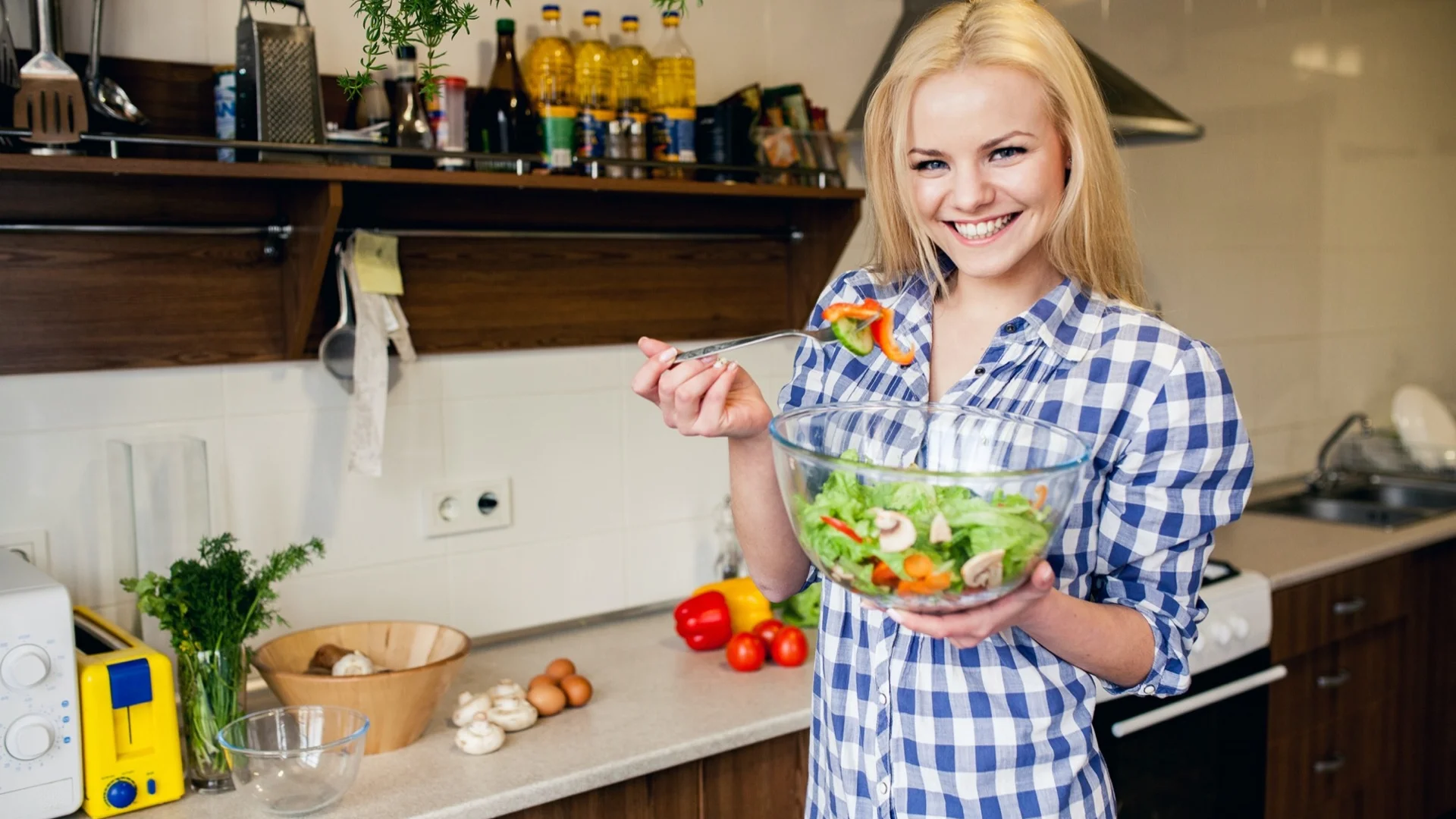
Substituting Ingredients
Occasionally, it's necessary to substitute ingredients in a recipe due to dietary restrictions, allergies, or lack of availability. This section will discuss common substitutes and how to make substitutions successfully.
Common Substitutes
There are many common substitutes for various ingredients in cooking and baking. For example, if a recipe calls for 12 tablespoons of butter, you could substitute an equal amount of coconut oil, margarine, or applesauce, depending on the dish and desired texture.
How to Make Substitutions Successfully
When making substitutions in a recipe, it's critical to consider the original ingredient's function and how the substitute might affect the final product. Here are some tips for making successful substitutions:
- Choose a substitute with a similar texture and flavor profile to maintain the dish's integrity.
- Be aware of any differences in cooking times or temperatures that may result from using a substitute.
- Start with a small amount of the substitute and adjust as needed, especially if you're unfamiliar with the ingredient or its effects on the dish.
- Research the appropriate substitution ratios to ensure you're using the correct amount. For example, if you're substituting honey for sugar, you'll need to use a different amount and possibly adjust the other ingredients in the recipe.
Measurement Conversion Tables
Having quick access to measurement conversion tables can be incredibly helpful in the kitchen. This section will provide five useful tables for quick reference when converting measurements.
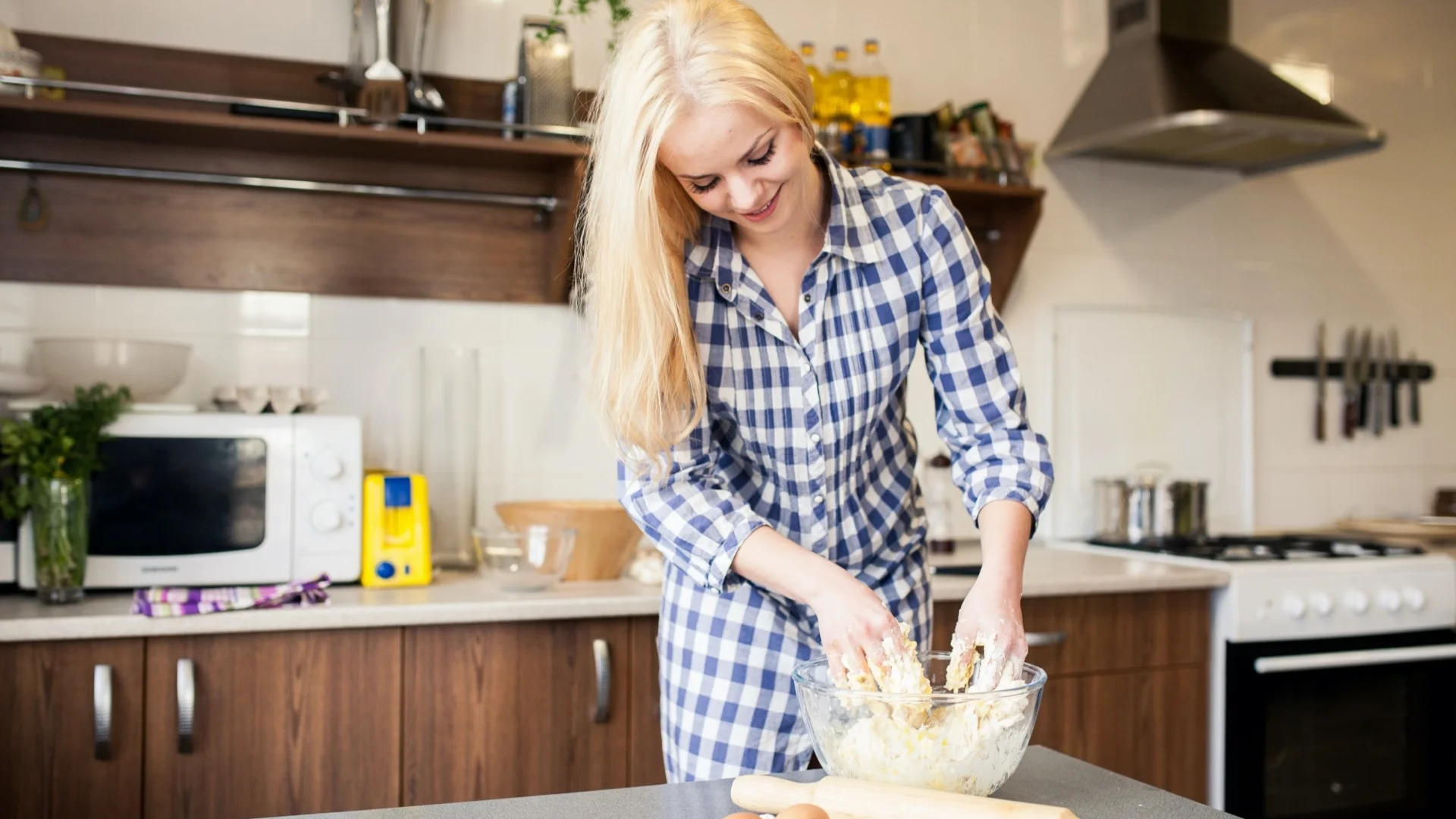
Five Useful Tables for Quick Reference
- Tablespoons to Cups:
- 4 tablespoons = 1/4 cup
- 8 tablespoons = 1/2 cup
- 12 tablespoons = 3/4 cup
- 16 tablespoons = 1 cup
- Teaspoons to Tablespoons:
- 3 teaspoons = 1 tablespoon
- Cups to Milliliters:
- 1/4 cup = 59 milliliters
- 1/3 cup = 79 milliliters
- 1/2 cup = 118 milliliters
- 1 cup = 236 milliliters
- Fluid Ounces to Milliliters:
- 1 fluid ounce = 29.57 milliliters
- Pounds to Grams:
- 1 pound = 453.59 grams
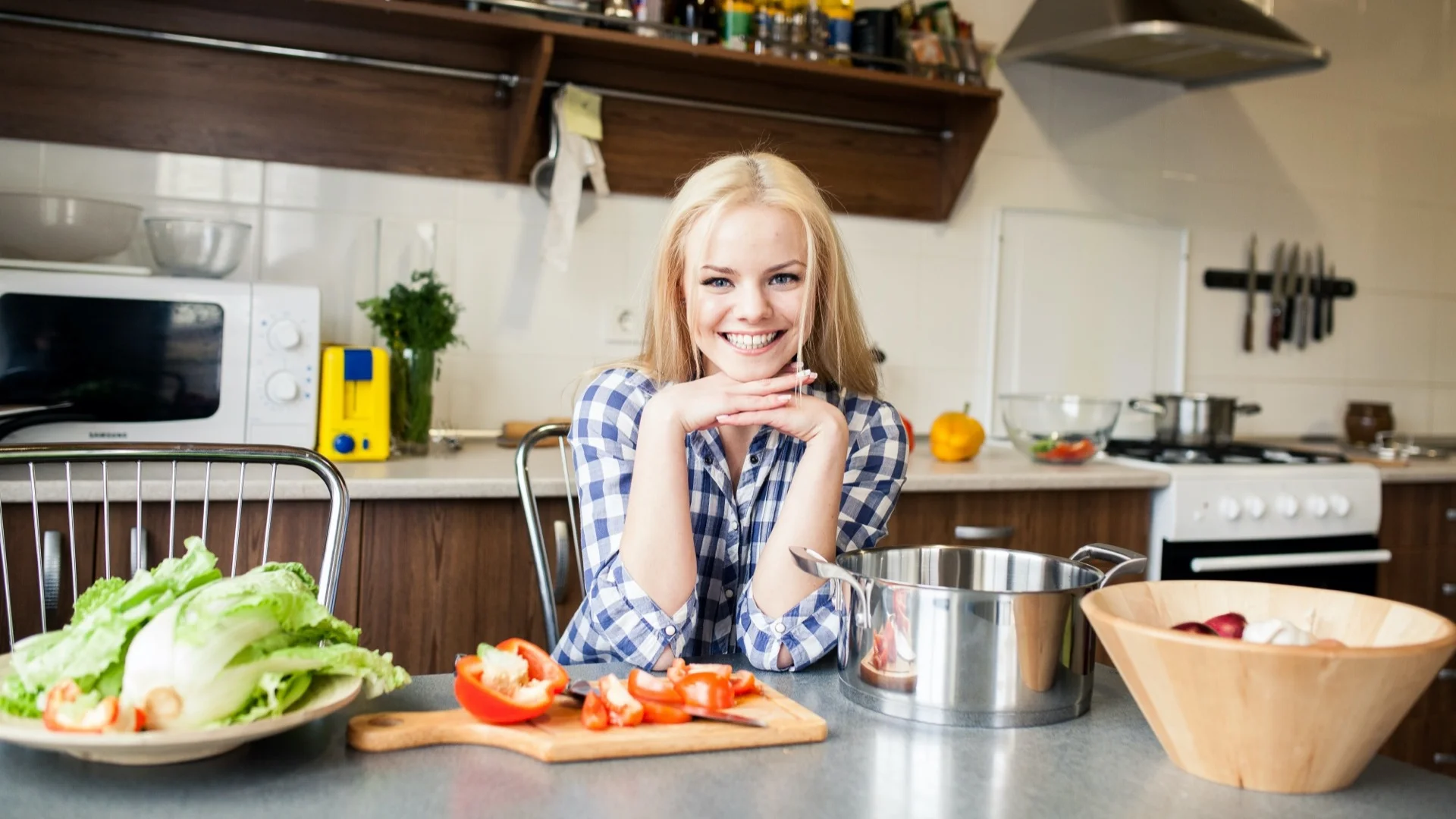
Frequently Asked Questions about 12 Tablespoons to Cups
This section will address common questions and provide answers related to converting 12 tablespoons to cups.
Common Queries and Their Answers
- How many cups are in 12 tablespoons?
- 12 tablespoons are equal to 3/4 cup.
- How can I convert 12 tb to cups without a calculator?
- Divide 12 by 16 (the number of tablespoons in a cup) to get the result: 12 / 16 = 0.75, which is 3/4 cup.
- Can I use the 12 tablespoons to cups conversion for both dry and liquid ingredients?
- Yes, this conversion can be applied to both dry and liquid ingredients, as the relationship between tablespoons and cups is based on volume, not weight.
How Many Tbsp in a Cup
In the US Customary System, there are 16 tablespoons in one cup.
Cup to Tbsp
To convert cups to tablespoons, multiply the number of cups by 16. For example, 1 cup is equal to 16 tablespoons, and 1/2 cup is equal to 8 tablespoons.
12 Tbs is How Many Cups
12 tablespoons is equal to 3/4 cup, as 12 divided by 16 (the number of tablespoons in a cup) equals 0.75.
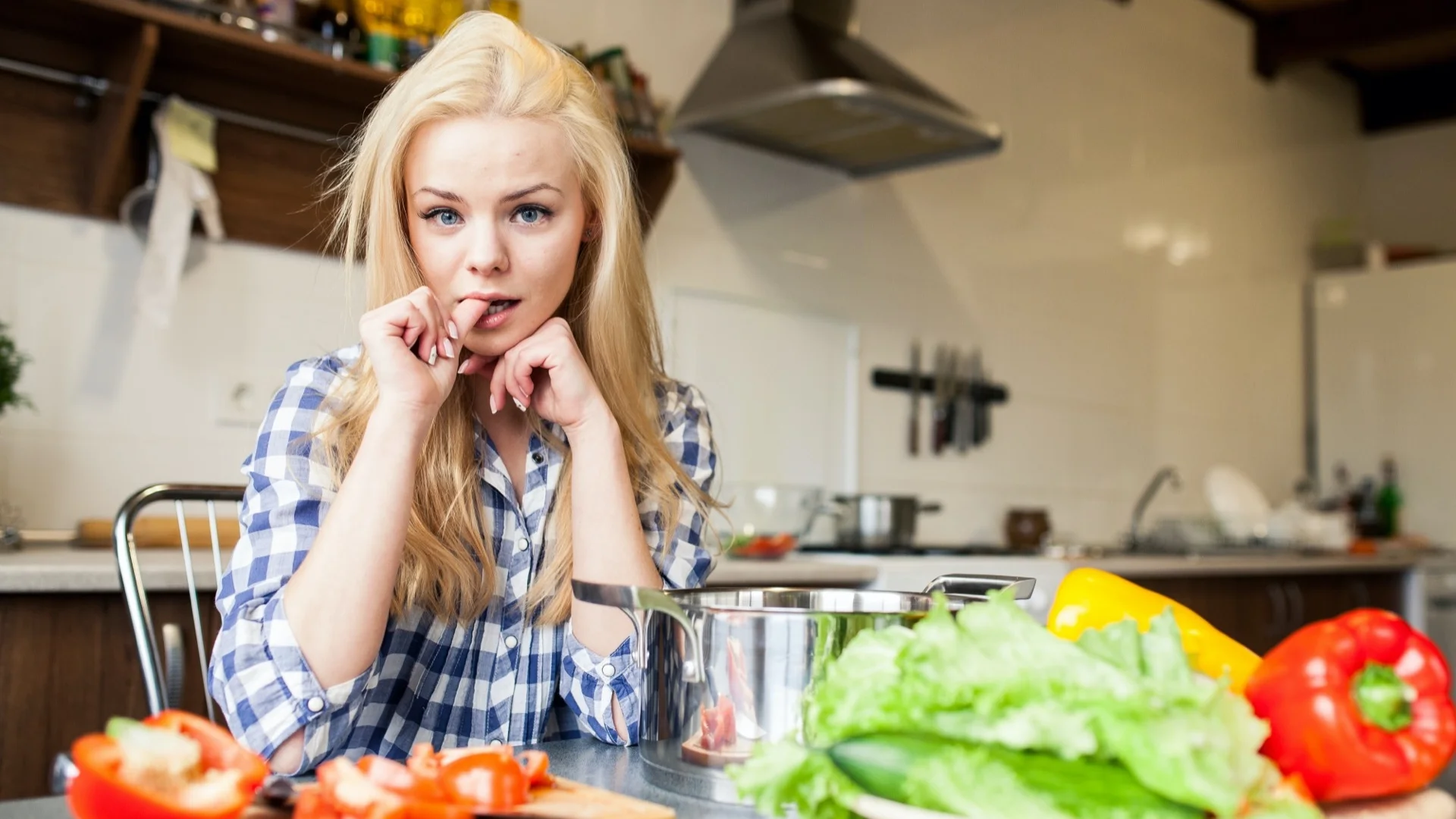
Conclusion: Mastering Measurements
